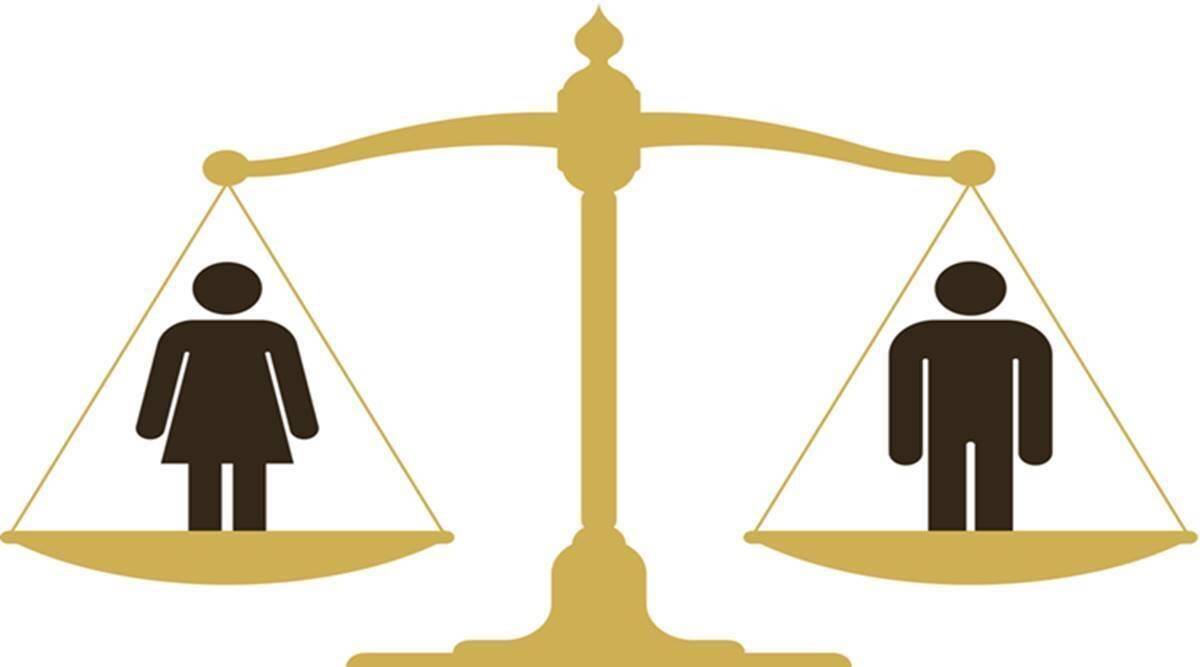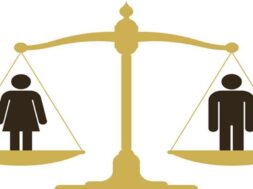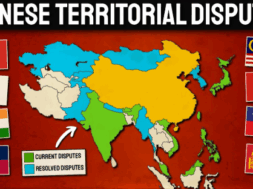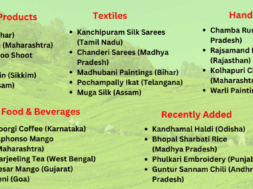
Manas Dasgupta
NEW DELHI, Nov 25: “Save the girl child” campaign launched after being concerned over dwindling female population in the country in the last few decades, may finally yielding results. India may be taking a demographic shift showing signs of a substantial increase in the female population in the country as the fifth edition of the National Family Health Survey (NFHS) showed.
For the first time since the NFHS began in 1992, the proportion of women exceeded men: there were 1,020 women for 1,000 men. In the last edition of the survey in 2015-16, there were 991 women for every 1,000 men.
Only the decadal census is considered the official marker of population trends in India and have a wider surveillance programme. The NFHS surveys are smaller and are conducted at the district level but are usually considered a pointer to the future.
However, sex ratio at birth for children born in the last five years only improved from 919 females per 1,000 males in 2015-16 to 929 per 1,000, underscoring that boys on average continued to have better odds of survival than girls, perhaps also indicating that infanticide of the female child may still be in vogue.
Most States and Union Territories (UTs) had more women than men, the NFHS-5 shows. States that had fewer women than men included Gujarat, Maharashtra, Arunachal Pradesh, Haryana, Madhya Pradesh, Punjab and Union territories such as Jammu & Kashmir, Chandigarh, Delhi, Andaman and Nicobar islands, Dadra and Nagar Haveli, and Ladakh. All of these States and UTs, however, showed improvements in the population increase of women.
A State-wise breakup of the NFHS data also shows that India is on its way to stabilising its population, with most States and UTs having a Total Fertility Rate (TFR) of less than two. A TFR of less than 2.1, or a woman on average bearing two children over a lifetime, suggests that an existing generation of a people will be exactly replaced. Anything less than two suggests an eventual decline in population over time. Only six States: Bihar, Meghalaya, Manipur, Jharkhand and Uttar Pradesh have a TFR above two. Bihar has a TFR of three which, however, is an improvement from the 3.4 of the NFHS-4. Again, much like the broader trend towards feminisation, the TFR in all States has improved in the last five years.
India is still poised to be the most populous country in the world with the current projection by the United Nations population division forecasting that India’s population will peak around 1.6 to 1.8 billion from 2040-2050.
A Government report last year projected that India would overtake China as the world’s most populous country around 2031 — almost a decade later than the United Nations projection of 2022.
A notable exception is Kerala, a State with among the highest ratios of women to men at 1,121 and improvement over 1,049 recorded in the NFHS-4. However the TFR in Kerala has increased to 1.8 from 1.6. The State has also reported a decline in the sex ratio of children born in the last five years. There are 1,047 females per 1,000 males in 2015-16 that has now declined to 951 per 1,000 males.
The findings of NFHS-5 from 22 States & UTs covered in Phase-I were released in December 2020 and the remaining comprising Arunachal Pradesh, Chandigarh, Chhattisgarh, Haryana, Jharkhand, Madhya Pradesh, NCT of Delhi, Odisha, Puducherry, Punjab, Rajasthan, Tamil Nadu, Uttar Pradesh and Uttarakhand were made public on Wednesday.
The NFHS-5 survey work has been conducted in around 6.1 lakh sample households from 707 districts (as on March, 2017) of the country; covering 724,115 women and 101,839 men to provide disaggregated estimates up to district level.
| State | TFR-5 | TFR-4 | SR-5 | SR-4 |
| A&N | 1.3 | 1.4 | 963 | 977 |
| AP | 1.7 | 1.8 | 1045 | 1021 |
| Assam | 1.9 | 2.2 | 1012 | 993 |
| Bihar | 3 | 3.4 | 1090 | 1062 |
| D&N | 1.8 | 2.1 | 827 | 813 |
| Goa | 1.3 | 1.7 | 1027 | 1018 |
| Gujarat | 1.9 | 2 | 965 | 950 |
| HP | 1.7 | 1.9 | 1040 | 1078 |
| J&K | 1.4 | 2 | 948 | 971 |
| Karnataka | 1.7 | 1.8 | 1034 | 979 |
| Kerala | 1.8 | 1.6 | 1121 | 1049 |
| Lakshadweep | 1.4 | 1.8 | 1187 | 1022 |
| Ladakh | 1.3 | 2.3 | 971 | 1000 |
| Maharashtra | 1.7 | 1.9 | 966 | 952 |
| Meghalaya | 2.9 | 3 | 1039 | 1005 |
| Manipur | 2.2 | 2.6 | 1066 | 1049 |
| Mizoram | 1.9 | 2.3 | 1018 | 1012 |
| Nagaland | 1.7 | 2.7 | 1007 | 968 |
| Sikkim | 1.1 | 1.2 | 990 | 942 |
| Telangana | 1.8 | 1.8 | 1049 | 1007 |
| Tripura | 1.7 | 1.7 | 1011 | 998 |
| WB | 1.6 | 1.8 | 1049 | 1007 |
| Arunachal | 1.82 | 2.1 | 997 | 958 |
| Chhattisgarh | 1.82 | 2.2 | 1015 | 1019 |
| Haryana | 1.9 | 2.1 | 926 | 876 |
| Jharkhand | 2.3 | 2.6 | 1050 | 1002 |
| MP | 2 | 2.3 | 970 | 948 |
| Odisha | 1.8 | 2.1 | 1063 | 1036 |
| Punjab | 1.6 | 1.6 | 938 | 905 |
| Rajasthan | 2 | 2.4 | 1009 | 973 |
| TN | 1.8 | 1.7 | 1088 | 1033 |
| UP | 2.4 | 2.7 | 1017 | 995 |
| Uttarakhand | 1.9 | 2.1 | 1016 | 1015 |
| Chandigarh | 1.4 | 1.6 | 917 | 934 |
| Delhi | 1.6 | 1.8 | 913 | 854 |
| Puduchery | 1.5 | 1.7 | 1112 | 1068 |
TFR is total fertility rate, and SR is sex ratio. The ‘4’ and ‘5’ refer to NFHS-4 and NFHS-5 respectively.














